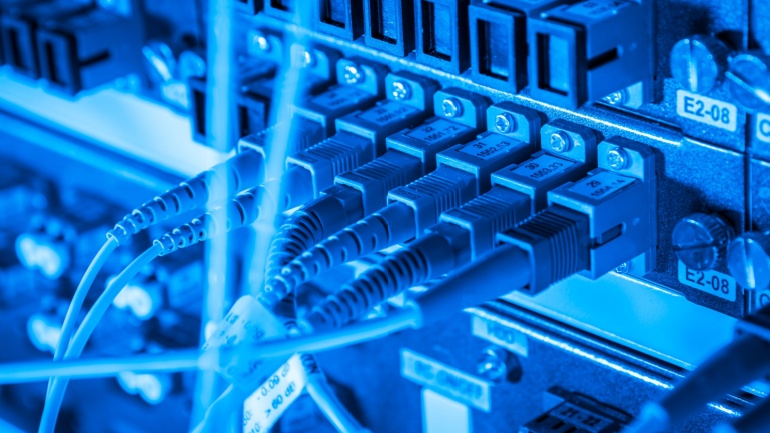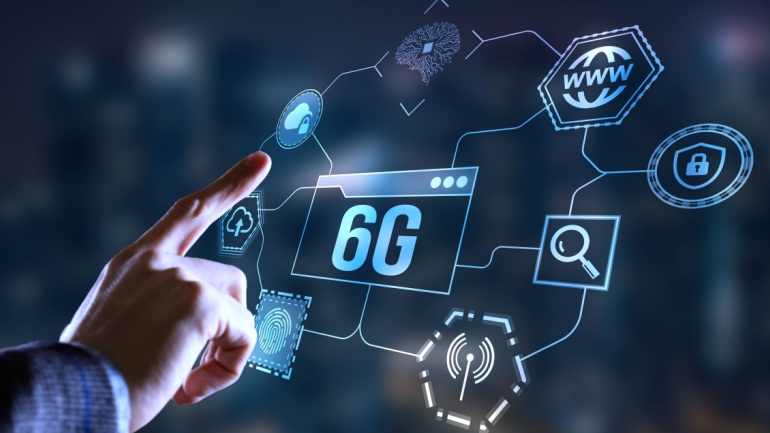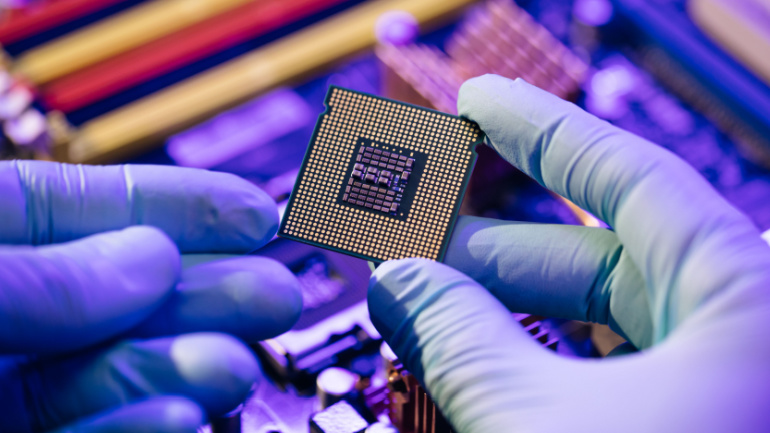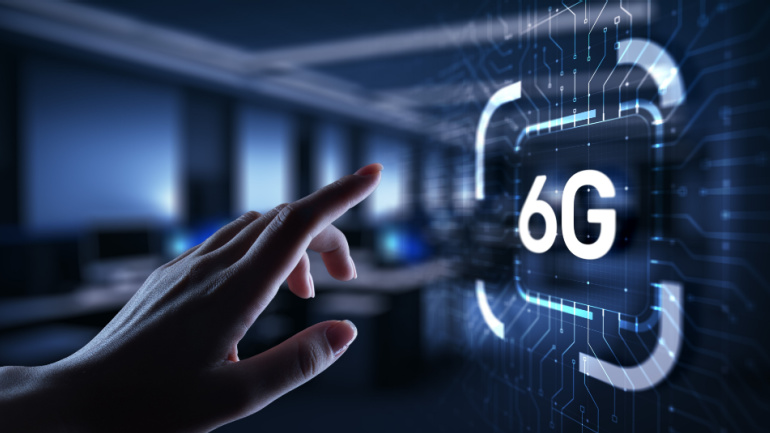The demand for data centers is soaring due to edge services and generative AI. Nokia’s first-quarter results showed a 19% drop in sales but a notable 52% profit increase. Telesystem has launched new cybersecurity bundles featuring updated Employee Security Awareness Training. Utility companies are using GIS technology to address infrastructure, workforce, and demand challenges.
Australia’s National Broadband Network (NBN) has marked a historic milestone by utilizing cutting-edge 100G PON technology to achieve speeds of 83 Gbps on its live full fibre access network. This breakthrough, claimed as a world first, signifies a significant leap in broadband capabilities for Australian consumers.
Tillman FiberCo, LLC, a leading provider of fiber optic broadband infrastructure, has announced a significant expansion of its 100% Fiber-to-the-Premise (FTTP) network in Florida. The expansion aims to cater to the growing demand for high-speed internet access in various regions across the state, including Tampa Bay, Panhandle, South and Southwest Florida, and several major cities like St. Petersburg, Fort Myers, Naples, Pensacola, Miami, Palm Beach, Ft. Lauderdale, and Kissimmee.
Nokia has enhanced its WaveSuite optical network platform. Companies across various industries are increasing their investment in artificial intelligence. Ericsson launched EFTG to drive 5G advancements in U.S. federal agencies for national digital transformation. NVIDIA’s launch of the GB200 Grace Blackwell Superchip promises to revolutionize generative AI’s efficiency and performance.
Nvidia is setting its sights on a more significant role within the mobile networking sphere, particularly in the emerging field of 6G technology. At its annual GTC AI event, the company unveiled its ambitious 6G Research Cloud Platform, positioning itself as a key player in the next evolution of mobile technology. This initiative is designed to leverage Nvidia’s expertise in chips and AI, demonstrating its capabilities beyond the realm of 5G.
Nokia unveiled specialized, private AI models for the telecom sector to improve network operations and customer service. A coalition of 10 governments agreed on principles for secure 6G networks. IBM and the GSMA have launched a global AI training initiative to bridge the AI knowledge gap among telecom operators. Qualcomm’s Snapdragon X80 modem chip introduces 5G-Advanced support with up to 10 Gbps speeds and six-carrier aggregation.
A research team led by Professor Wang Cheng from the Department of Electrical Engineering (EE) at City University of Hong Kong (CityUHK) has developed a world-leading microwave photonic chip that is capable of performing ultrafast analog electronic signal processing and computation using optics.
In a groundbreaking move, Nokia has joined forces with SK Telecom, NTT, and DOCOMO to pioneer the development of a 6G AI-native air interface, aiming to revolutionize network performance and energy efficiency. This collaboration marks a significant leap towards integrating artificial intelligence deeply into the fabric of next-generation wireless technologies.
BT launched NB-IoT network covering 97% of the UK to boost IoT use in sectors like utilities and construction. Elisa and Nokia showcased 5G Advanced’s L4S technology, demonstrating its potential to improve connectivity. Nokia’s Virtual Power Plant Controller Software enables mobile operators to lower energy costs, earn revenue, and reduce carbon emissions. LeapXpert and ASC collaborate to offer a compliance recording solution for Microsoft Teams, enabling regulated external communications.
As the evolution towards 6G continues, telecommunications mammoths NTT DOCOMO and NTT, have expanded their research circle to include SK Telecom and Rohde & Schwarz. The newly inducted collaborators will aid in various 6G trials in Japan, focusing on identifying potent frequency bands for the upcoming technology. Of particular interest is the development of a ‘6G AI-native air interface’, that promises to bolster network performance and energy effectiveness.













